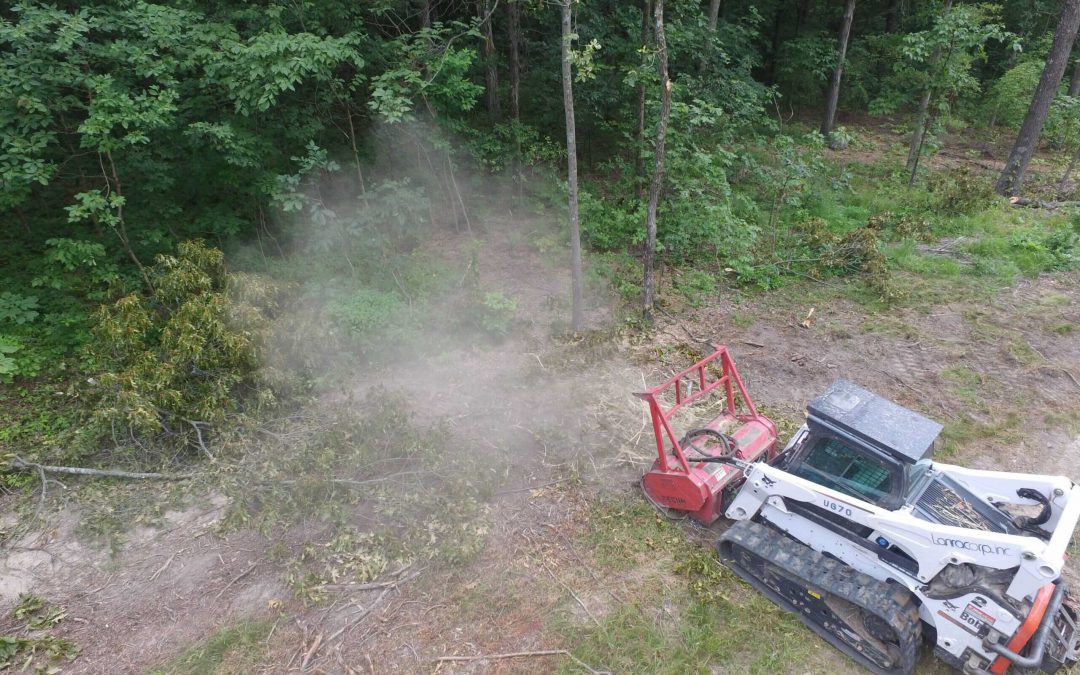Why We Recommend Using GIS When Performing ROW Clearing
Maintaining a clear right of way is essential to your pipeline integrity program. The best way to clear ROW is to have full knowledge of what is on the ground – vegetation needs, shallow pipe, trees above the pipe, etc. Using GIS to perform this initial assessment and during the ROW Clearing process is key to a successful program and recordkeeping. Learn more about why we recommend GIS work on the right of way.
What Is a Geographic Information System?
A geographic information system (GIS) is a digital tool utilized to display geographic information visually. GIS gathers information from the field and attaches the data to specific locations. Utilizing GIS makes information easy to comprehend and accurate for clients and crewmembers. Geographic information systems are able to import data and create maps, marking access points, hazards, lines, encroachments, vegetation issues, shallow pipes, landowner information, and more. The tool can also track the location and time of completed tasks as well as areas that need further ROW clearing.
GIS Work on the Right of Way
Right of ways are typically expansive – reaching miles long. To best understand the land you are working on, geographic information systems can be helpful. GIS can gather information about the ROW such as depth of cover, encroachment, and vegetation. After collecting the necessary data, geographic information systems convert the data into maps and images. These make it easy for customers to understand our crews’ location and progress on projects.
If you have a right of way that needs to be serviced, our team can help. Lanracorp understands the importance of having the best technology on the market. That’s why we invest in tools like geographic information systems. With our GIS work, drones, and other tools, we have the expert ability to clear and maintain your ROW. Get in contact with our crew to understand how our GIS work can benefit your ROW.

